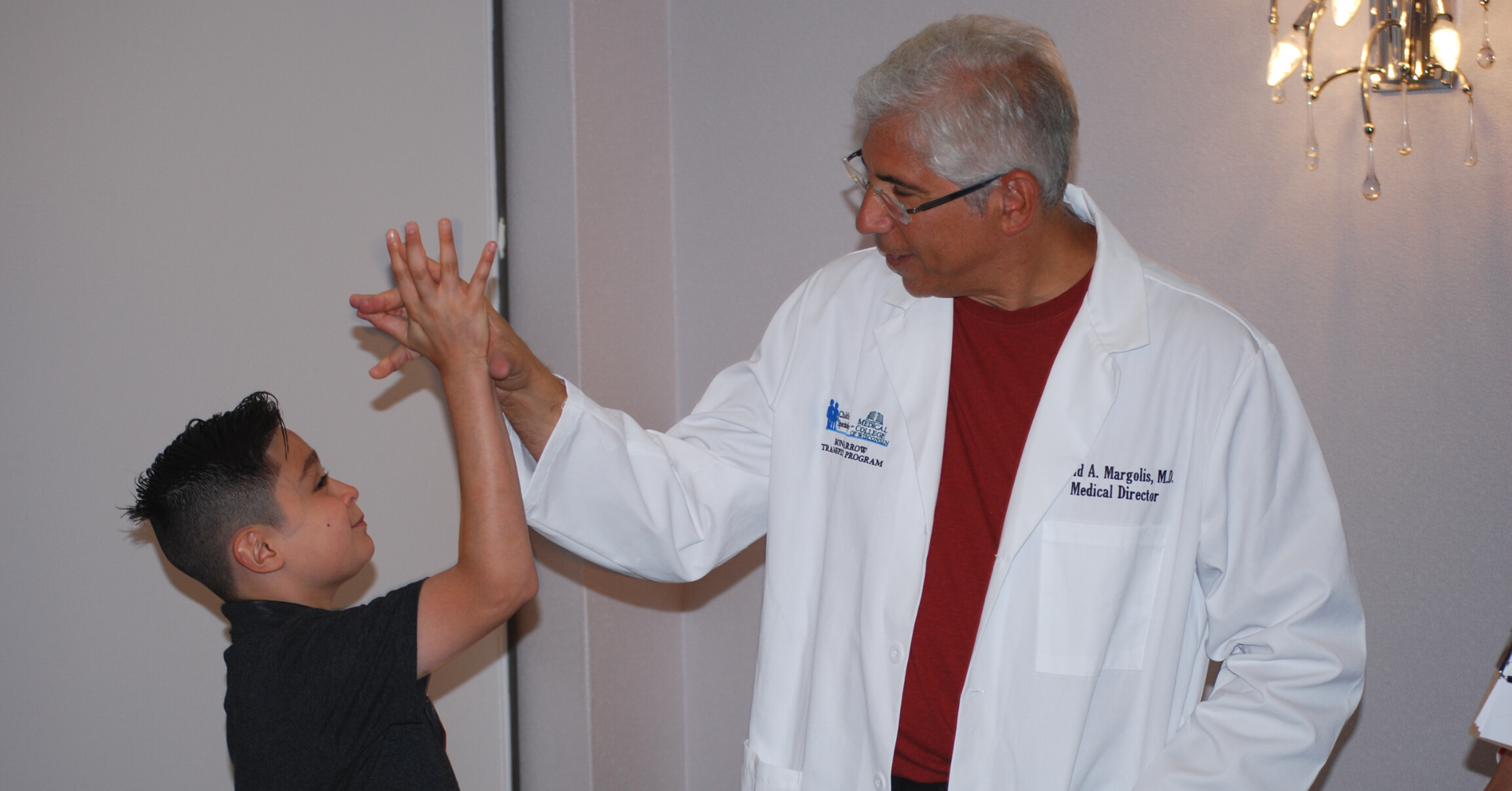Doctors can’t identify a specific cause in 9 out of 10 MDS cases. These are called “de novo” MDS, meaning arising without a known cause. The remaining Myelodysplastic Syndromes cases result from treatment given for another cancer. Doctors call this Treatment-Related MDS, t-MDS or Secondary MDS.
De Novo MDS
The cause of most MDS cases is unknown. Doctors refer to this as de novo MDS. Two known factors can increase the likelihood of getting de novo MDS:
- People who smoke
- People who have been heavily exposed to certain chemicals, such as benzene
De novo MDS cannot be passed down through genes from parent to child or transmitted from person to person.
While anyone can get de novo MDS, you are more likely to be diagnosed with de novo MDS if you are:
- Male
- White
- Age 60 or older (average diagnosis age is 71)
Treatment-related MDS
About 1 out of 10 people with MDS developed it due to treatments they had for other cancers. This is called treatment-related MDS (t-MDS). This form of MDS can be severe and harder to treat than de novo MDS. You may also hear doctors call this:
On average, treatment-related MDS happens 5 to 7 years following treatment for other cancers. Overall, the chance of developing MDS as a result of another cancer treatment is very low. Less than 1 in 100 people treated for other cancers develop MDS. The risk increases for patients who have had multiple rounds of chemotherapy and radiation therapy or have had a bone marrow transplant.
Cancer patients at higher risk for developing Myelodysplastic syndromes may include:
- Anyone treated for breast cancer
- Anyone treated for other blood or bone marrow disorders such as lymphoma, multiple myeloma, or chronic lymphocytic leukemia
- Anyone treated for head and neck cancers, gastrointestinal cancers, lung cancers, and possibly men treated for prostate cancer.

